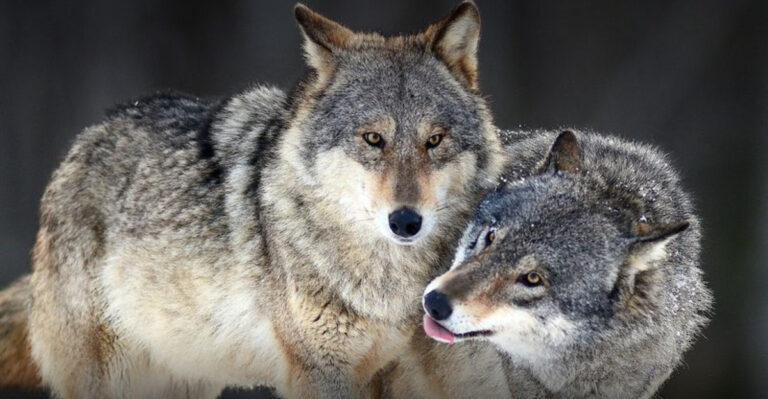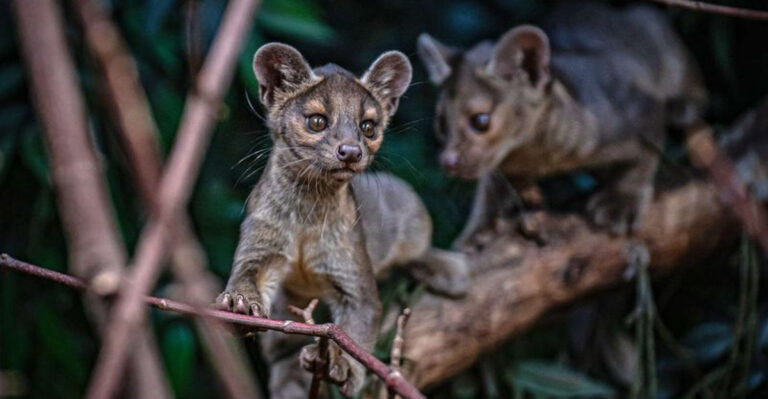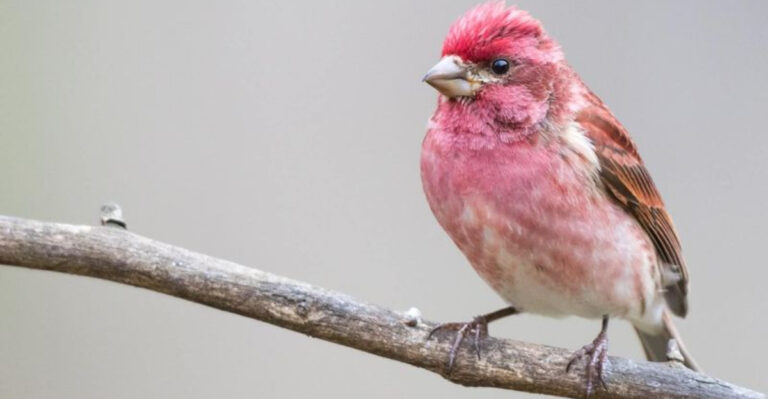16 Independent Animals Who Prefer Their Own Company
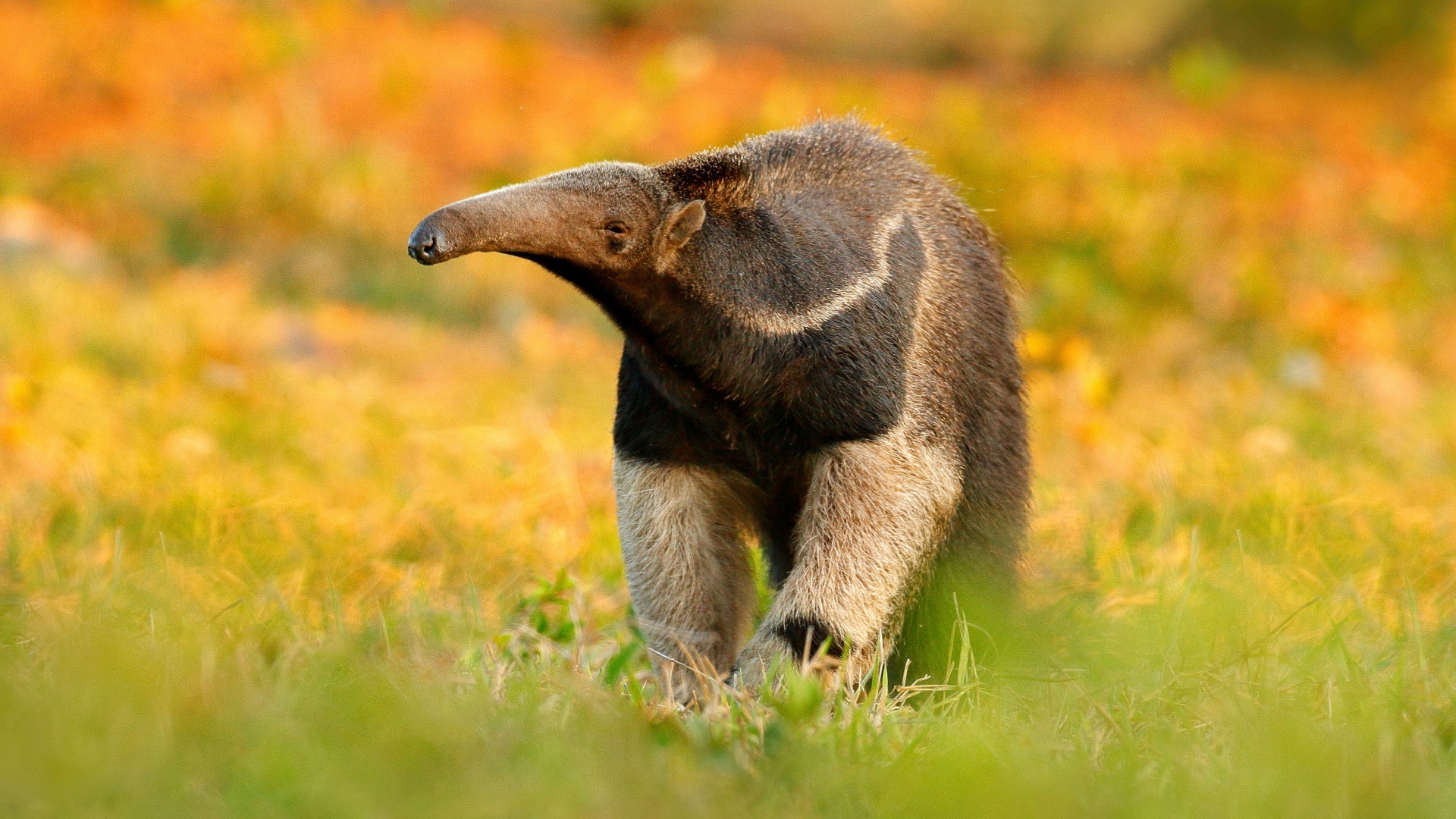
When we think about animals that love to be alone, the image of a ‘lone wolf’ might come to mind first.
Contrary to this popular belief, wolves aren’t exactly known for enjoying solitude as they’re actually highly social creatures who thrive in packs.
If you’re curious about which animals truly relish solitude, here’s a list of creatures that prefer flying solo.
From the icy realms of the polar bear to the solitary sandpipers of wetlands, and ponds, these animals have truly mastered the art of ‘me time.’
So, grab a snack, sit back, and explore some of the world’s most delightfully antisocial animals!
1. Polar Bears
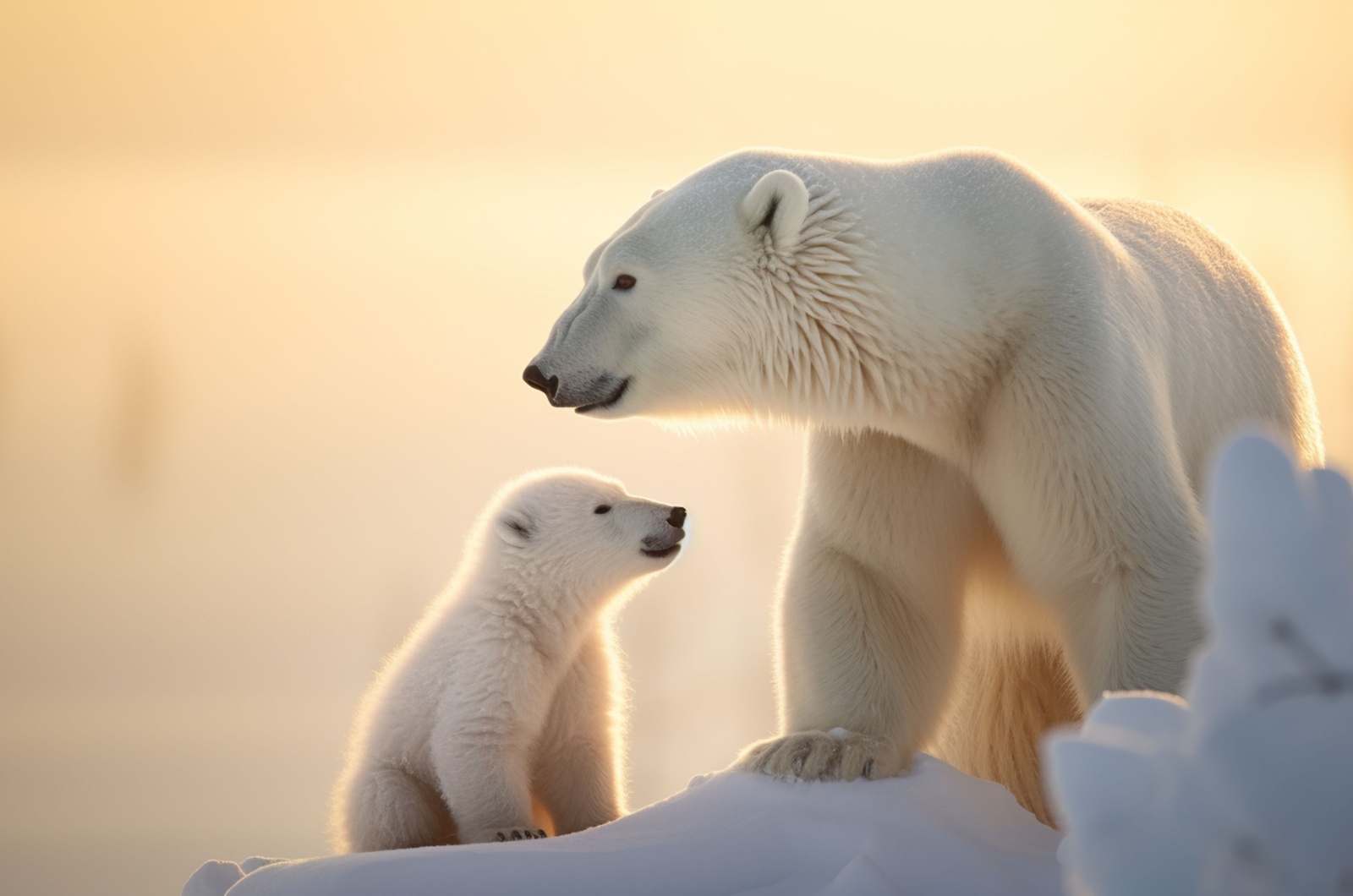
Living in the frigid snow, one would think that having someone to stay warm with is crucial for survival. But, polar bears don’t think that way: They adore being alone!
These Coca-Cola ambassadors, especially their males, prefer a solitary lifestyle over socializing. Except for meeting to mate or raising cubs, polar bears are quite content living on their own.
2. Tigers
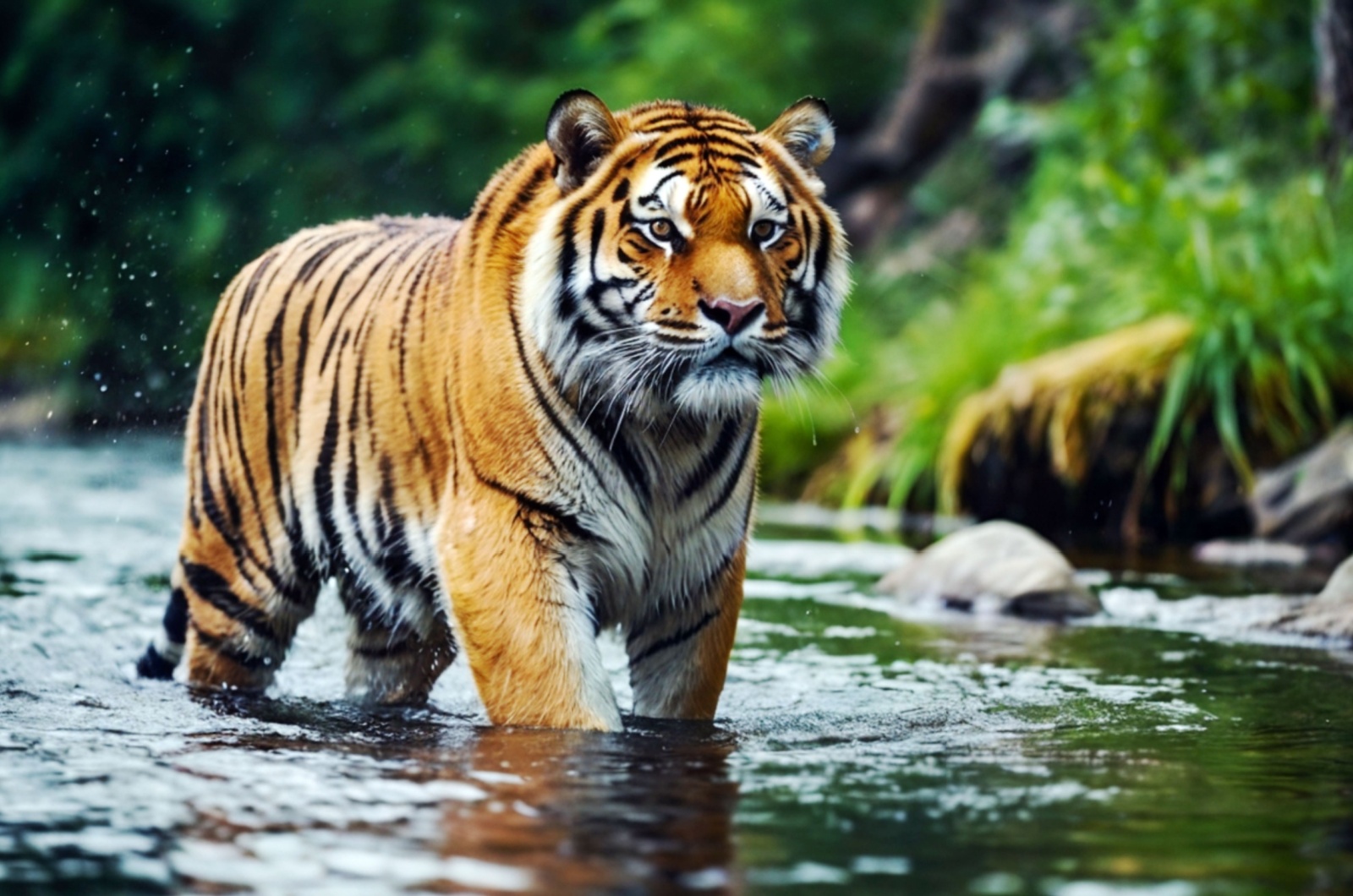
Tigers are fiercely territorial and highly solitary animals. These wild cats are renowned for claiming extensive areas of the jungle or forest exclusively for themselves.
They mark their territory with scent and scratches to ward off other tigers and other animals. Try approaching them if you dare!
3. Snow Leopards
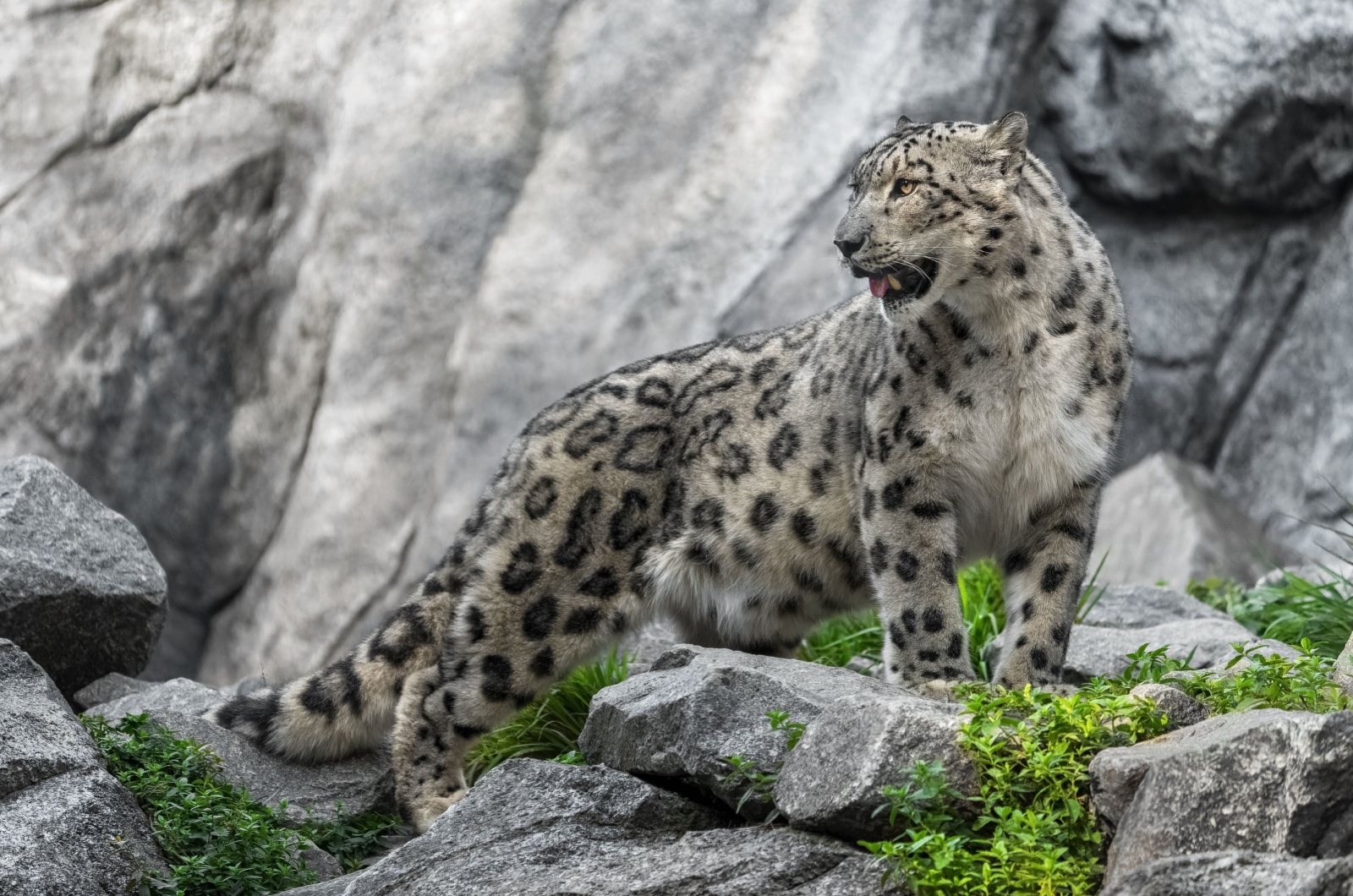
Another wild cat species that enjoys solitude is the snow leopard. These elusive and solitary felines are rarely seen because they prefer to stay hidden.
They only come out briefly to mate, after which they return to the comfort of their quiet, secluded life.
4. Great White Sharks
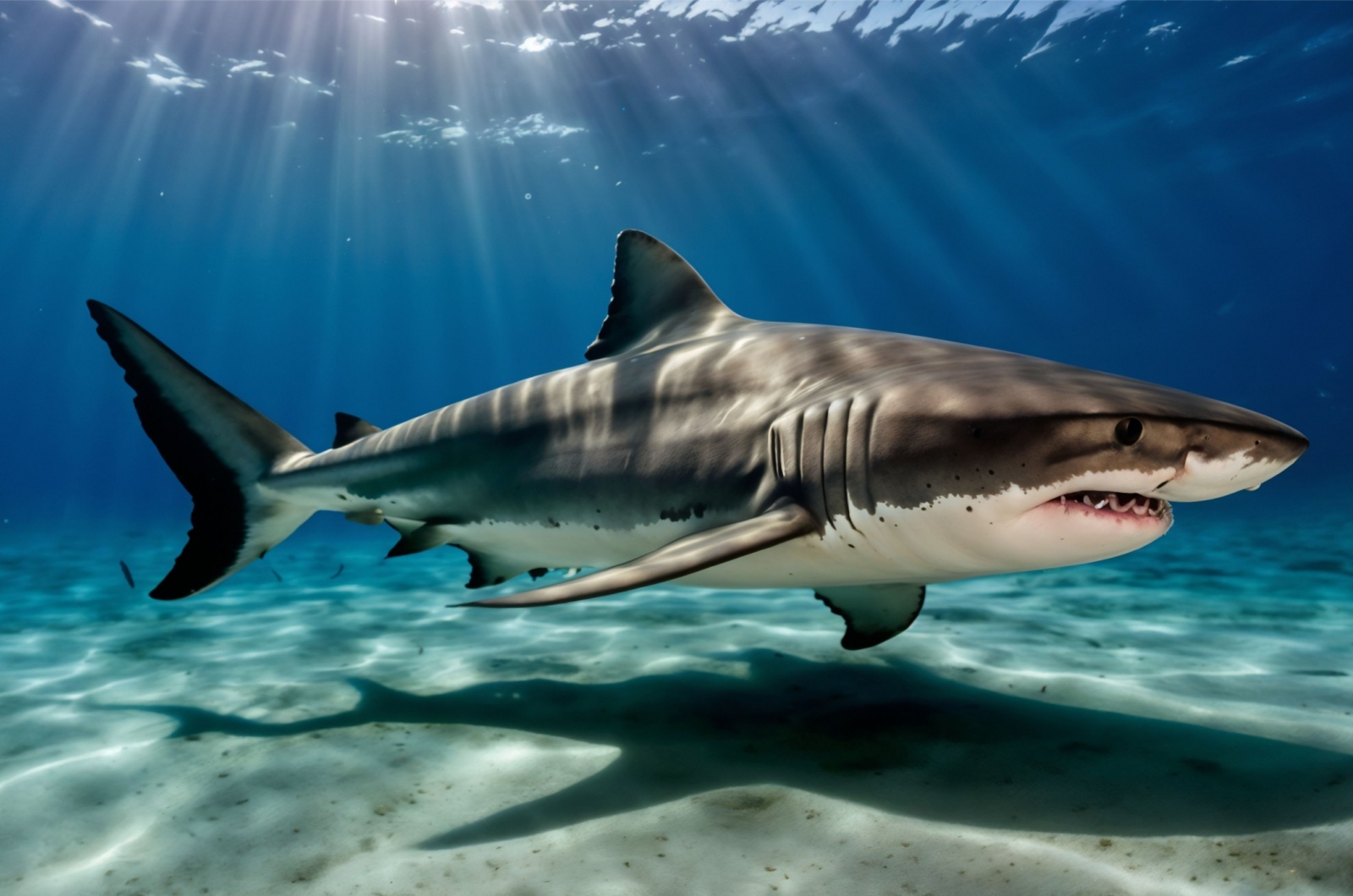
Known for their incredible swimming speed and razor-sharp teeth, great white sharks are among the ocean’s apex predators.
Although often portrayed as dangerous, these skilled hunters generally avoid humans, preferring solitude and open water.
As lone hunters, they also avoid close contact with their own kind.
5. Wolverines
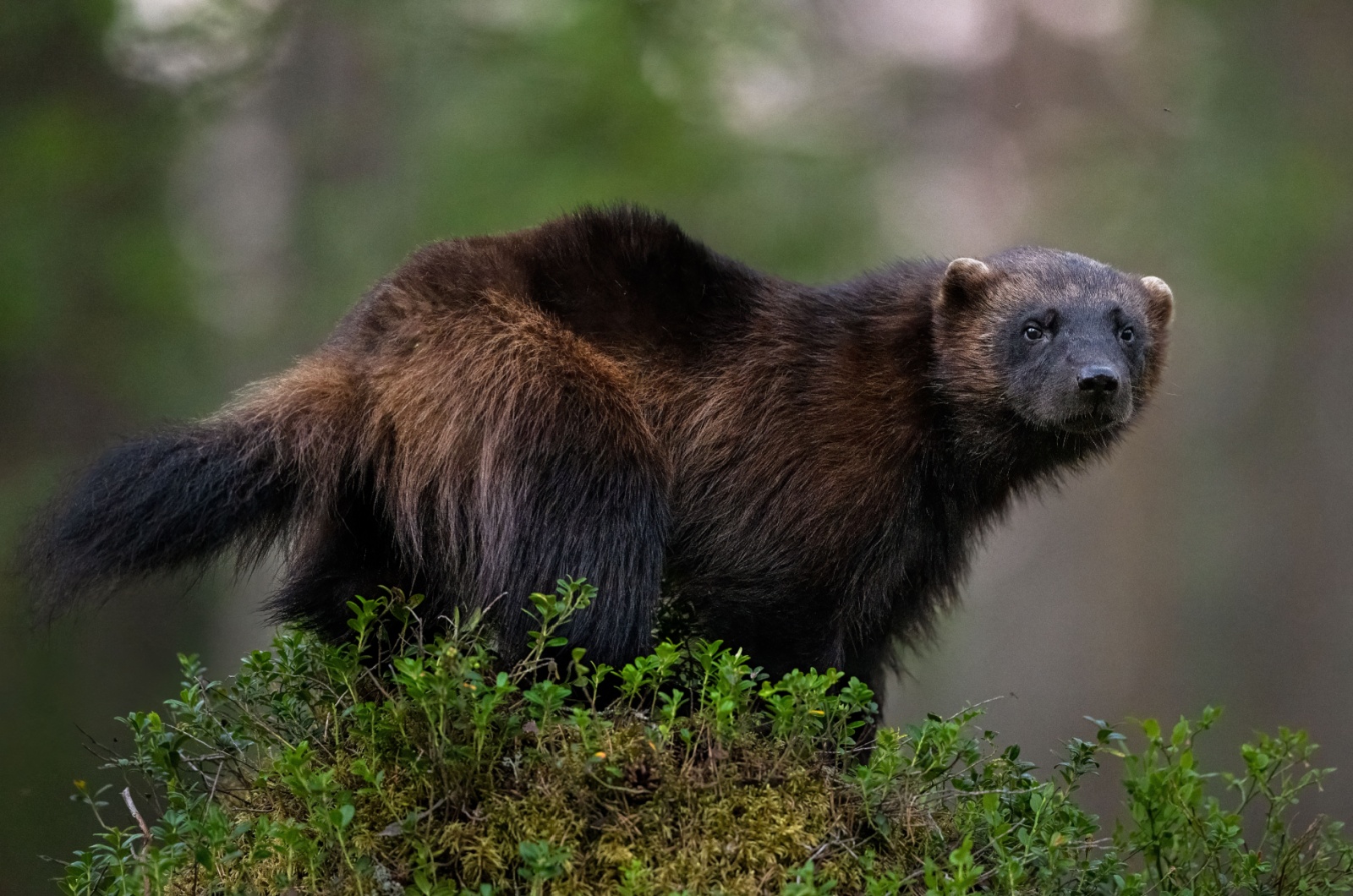
Wolverines are incredibly elusive creatures known for their solitary and independent lifestyle.
These powerful mammals from the weasel family are extremely resilient and resourceful, covering vast areas alone with minimal social interaction.
They occasionally meet with other wolverines for breeding or when a mother is raising her young, teaching them to survive before they set off on their own.
6. Lynx
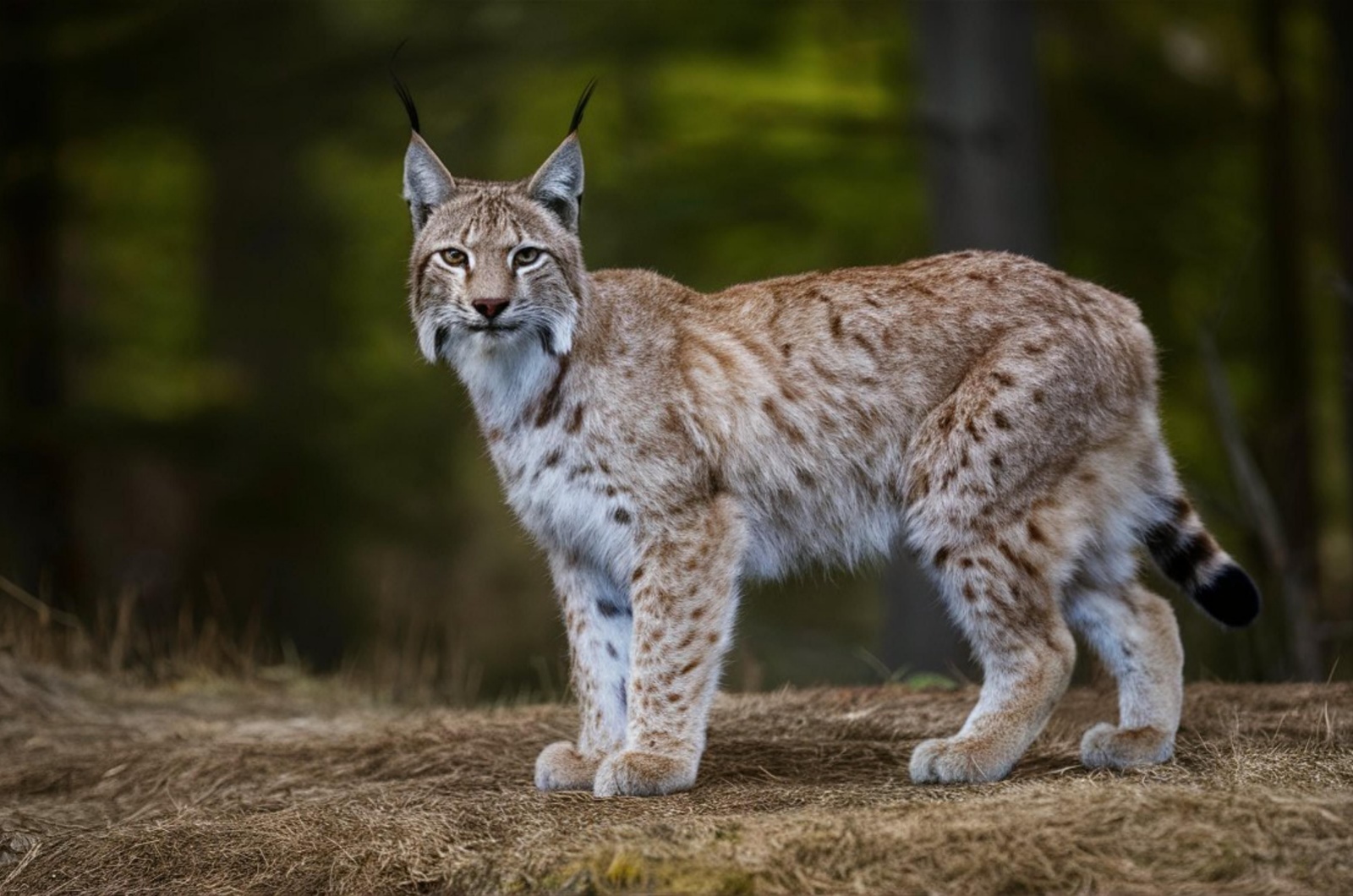
Another representative of solitary felines is the lynx. These wild cats are extremely territorial, with each individual maintaining a large home range marked with scent to avoid encounters with others.
Unlike some big cats, lynx do not form social groups or prides. During the breeding season, a female may briefly tolerate a male, but once mating is complete, they go their separate ways.
Lynx are also very secretive and tend to avoid human contact, further emphasizing their preference for solitude.
7. Orangutans
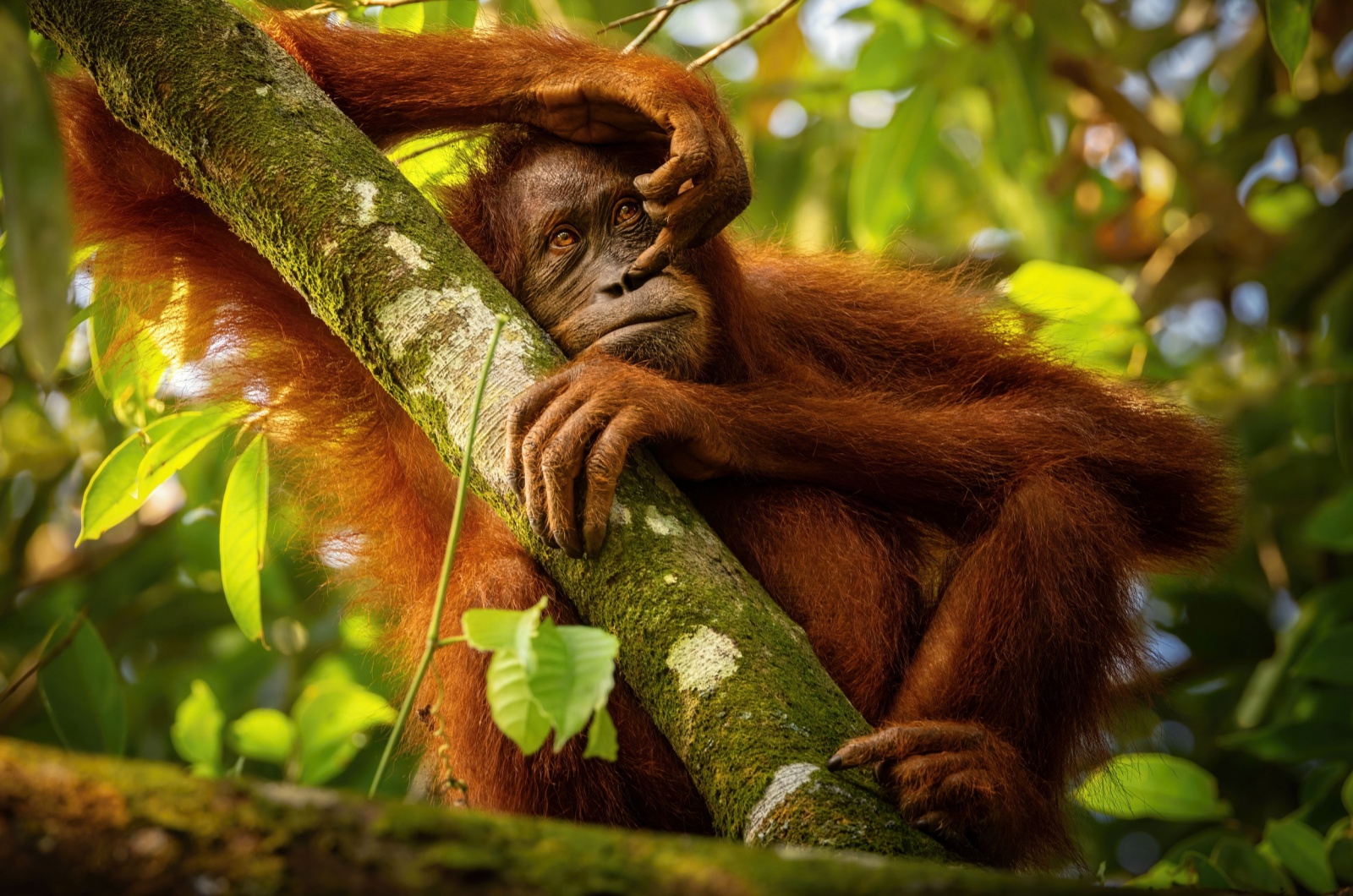
Orangutans are the most solitary of the Great Apes, often found alone in the wild. They spend most of the day hanging from trees or foraging for food, mainly fruit.
Adult orangutans prefer solitude, coming together only to mate. The exception is mothers, who stay with their young for several years until they are ready to be independent.
8. Koalas
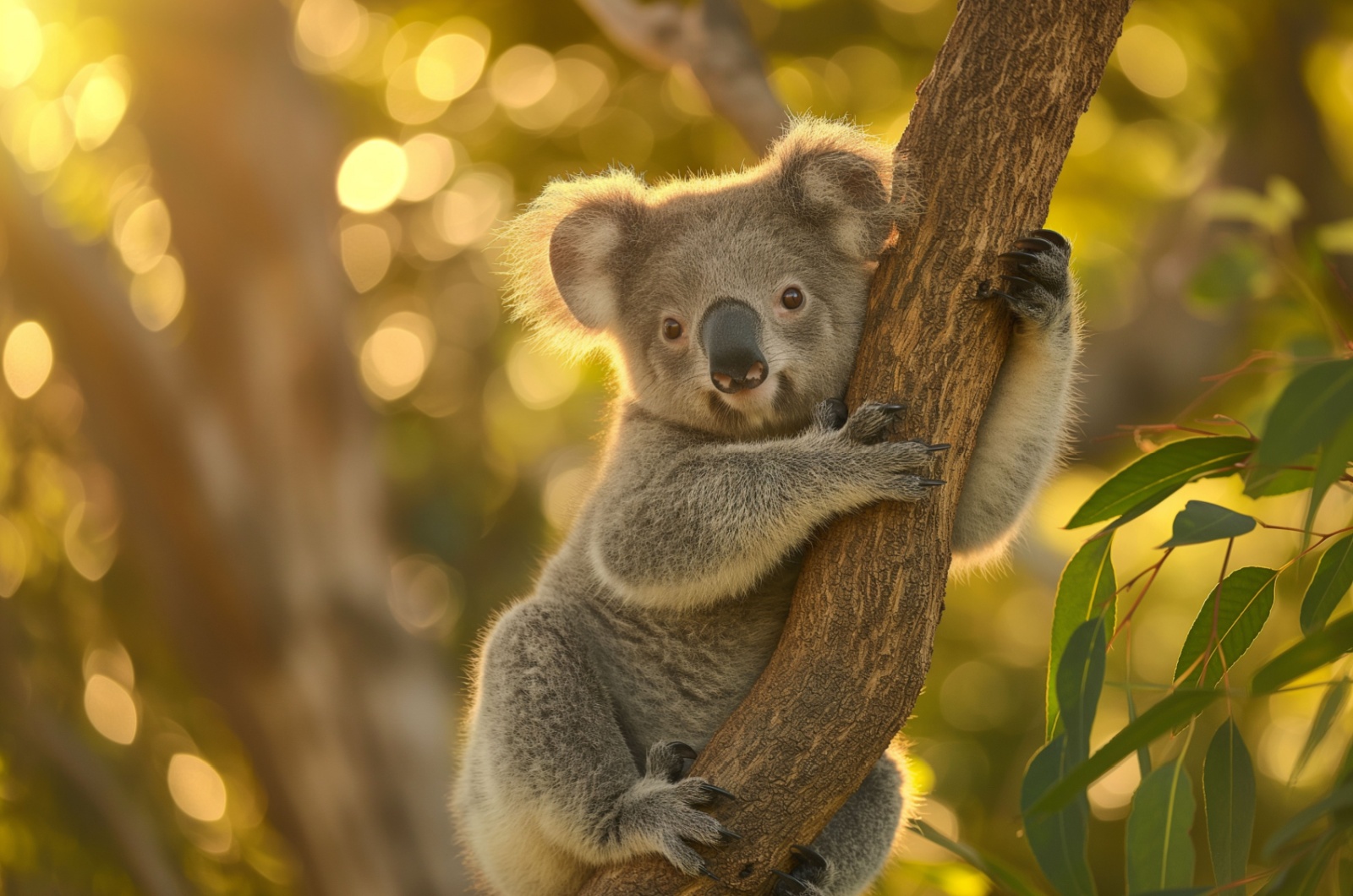
Koalas are solitary marsupials that thrive in peace and quiet. Known for their calm, sleepy nature, they spend most of their time in eucalyptus trees, feeding on leaves or sleeping.
While they may interact with others during mating season, koalas generally prefer a lone existence, each marking its territory with scent to avoid conflict.
9. Platypuses
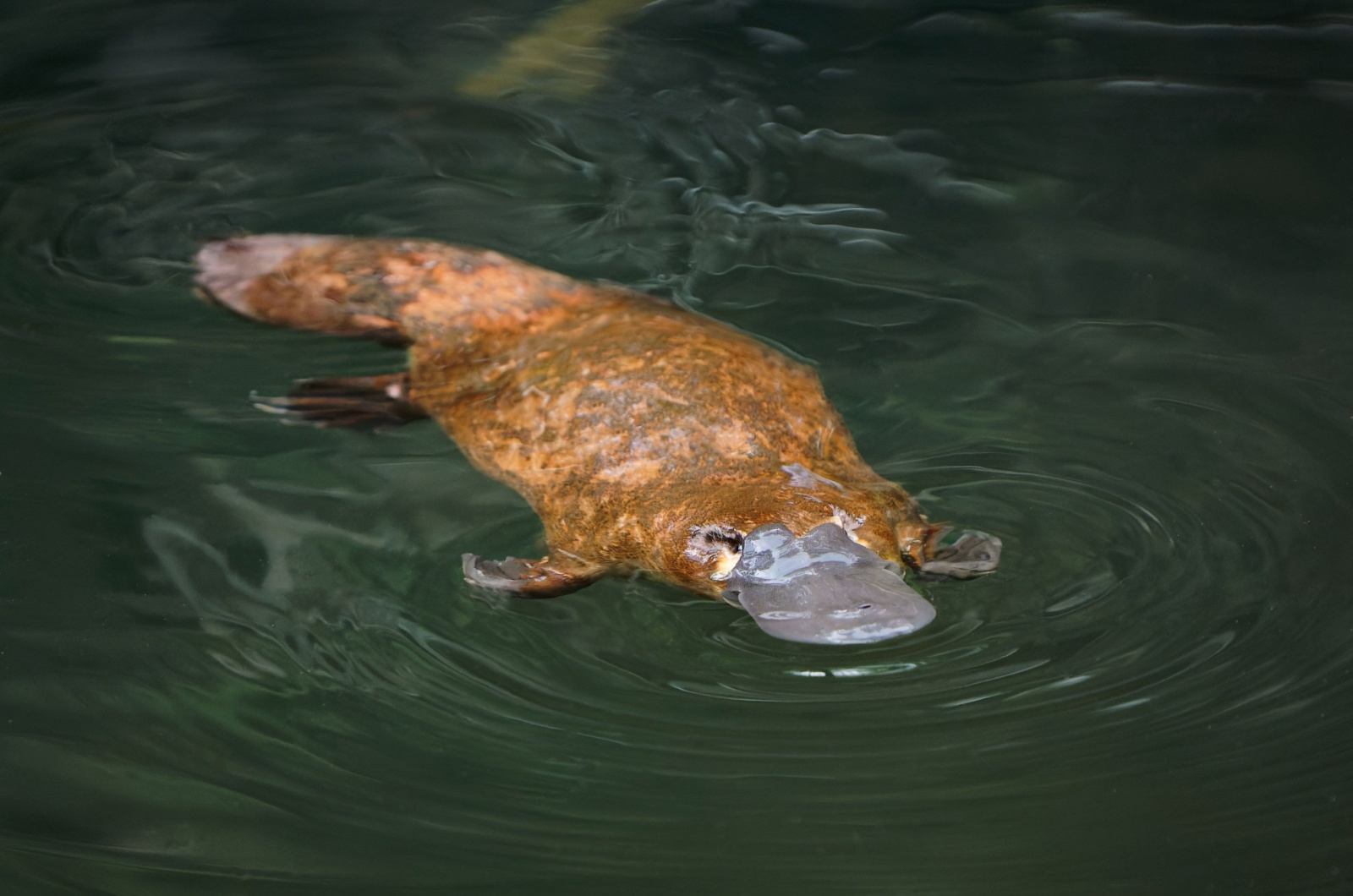
Platypuses are solitary, semiaquatic mammals known for their unique features, such as a duck-like bill and webbed feet.
Although they forage and swim in rivers with other animals, platypuses rarely interact with them. The only time they come in contact with other platypuses is during mating season.
They dig burrows along riverbanks to rest and raise their young but do not share these spaces.
10. Sloths
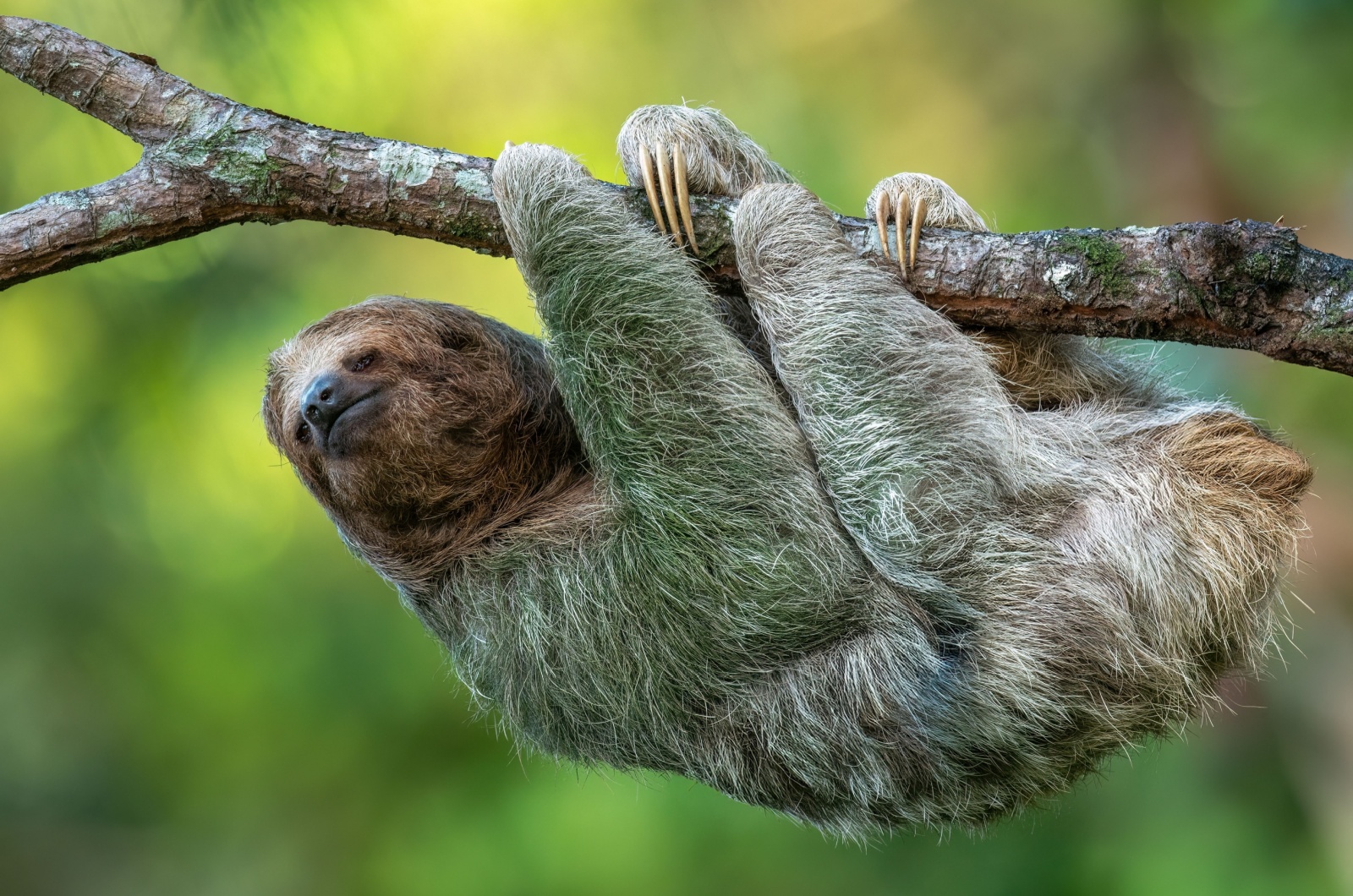
With their slow pace, it’s natural for sloths to lead a solitary lifestyle. Known for being one of the most low-energy animals in the world, sloths spend most of their time either sleeping or hanging upside down in trees, enjoying their own company.
These serene animals typically come together only for mating and prefer a quiet, peaceful existence in their treetop homes.
11. Hawks
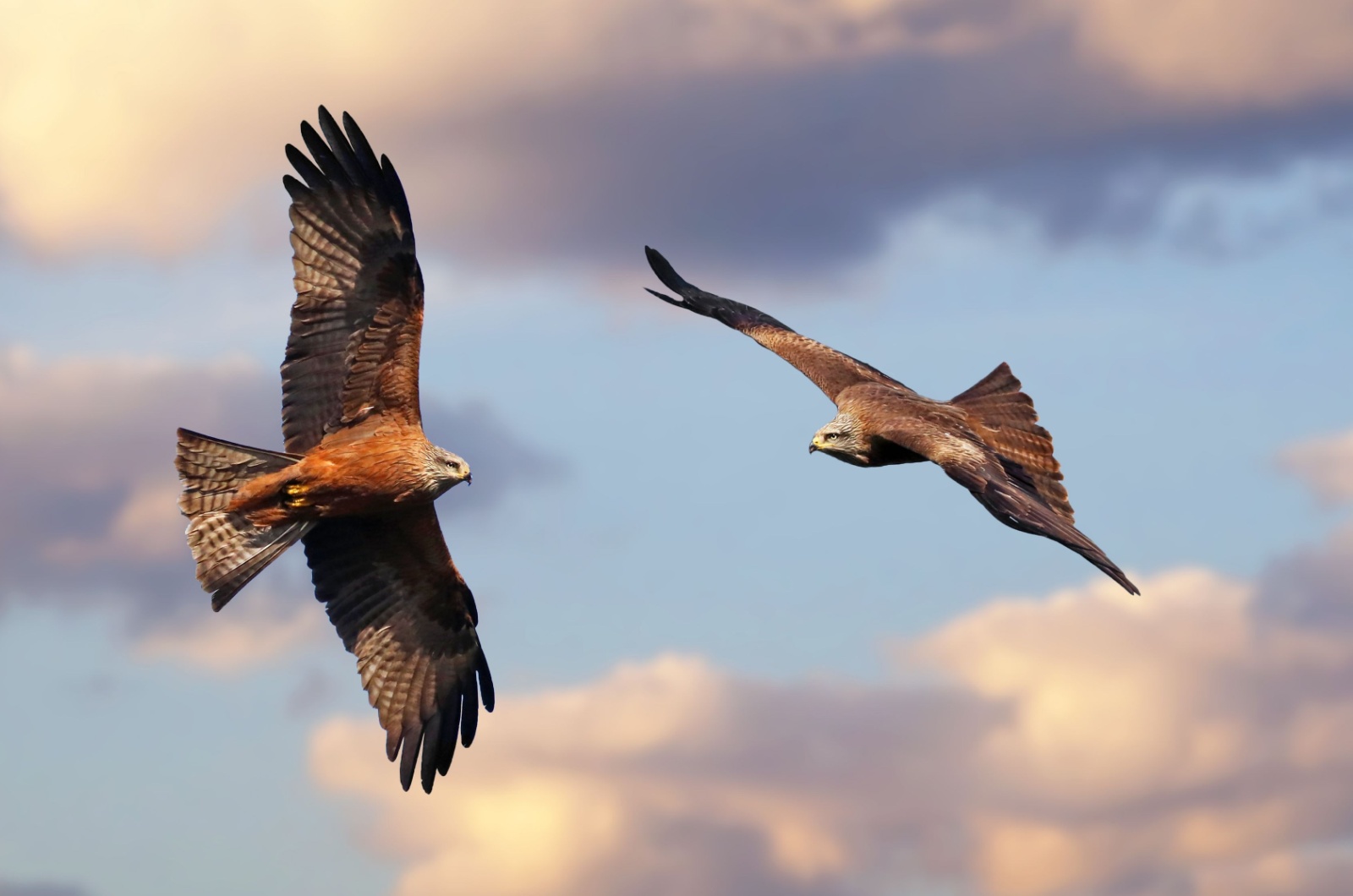
Hawks are known for their keen hunting skills and strong territorial instincts. These solitary birds of prey prefer to live and hunt alone, using their sharp eyesight to spot prey from great distances.
While some hawk species may tolerate others during migration or in areas with abundant food, they are generally solitary when it comes to nesting and hunting.
They rely on their stealth and speed to catch prey, typically hunting alone.
12. Solitary Sandpipers
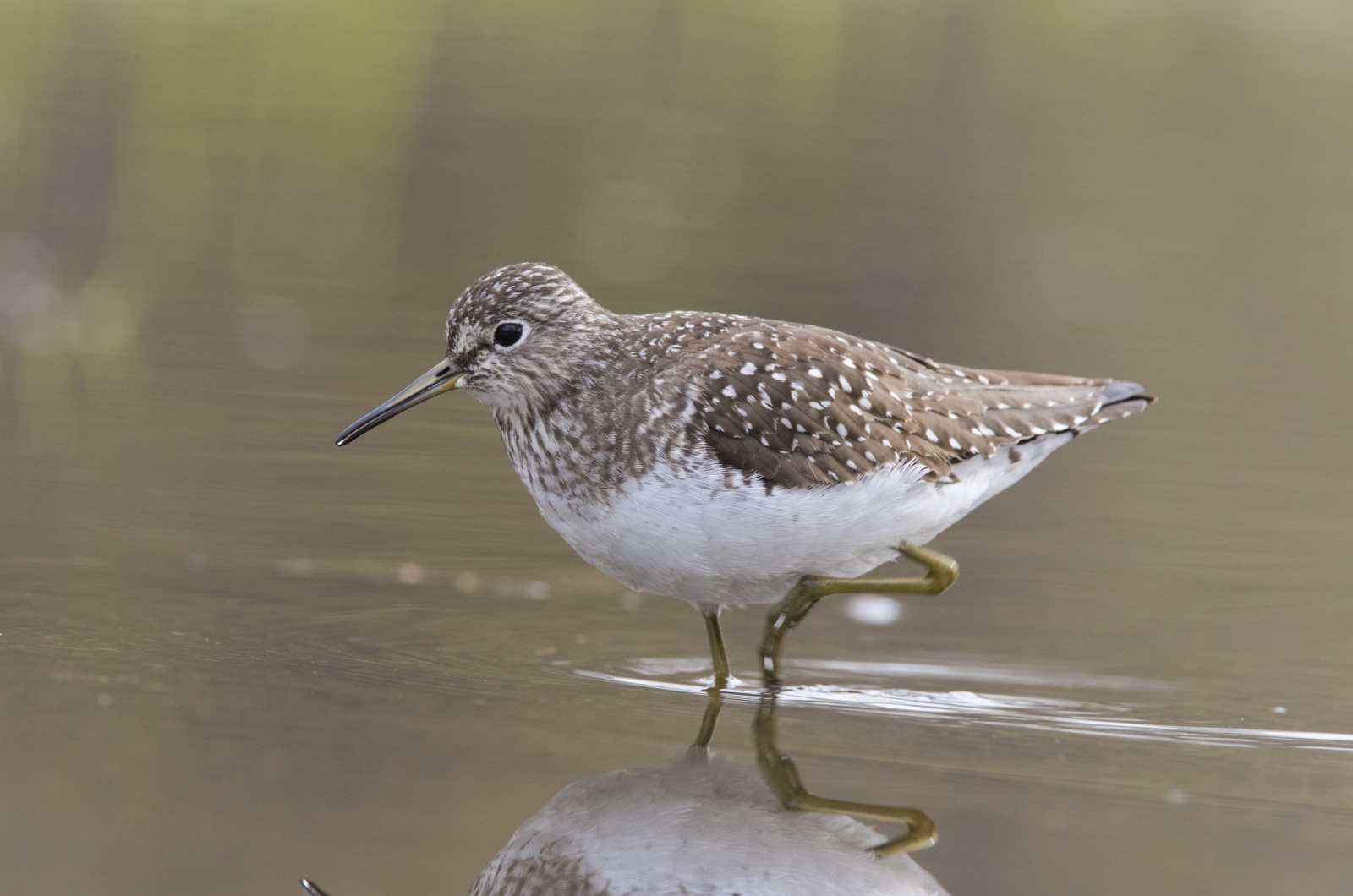
As the name suggests, solitary sandpipers are more solitary than other sandpipers, especially during migration and non-breeding seasons.
These small migratory shorebirds usually travel alone and are often found solo in wetlands, ponds, and marshes.
Unlike other shorebirds that lay their eggs on the ground, solitary sandpipers prefer to ‘steal’ songbirds’ nests high in trees.
They’re typically seen with others only when mating or when mothers are raising their young.
13. Snowy Owls
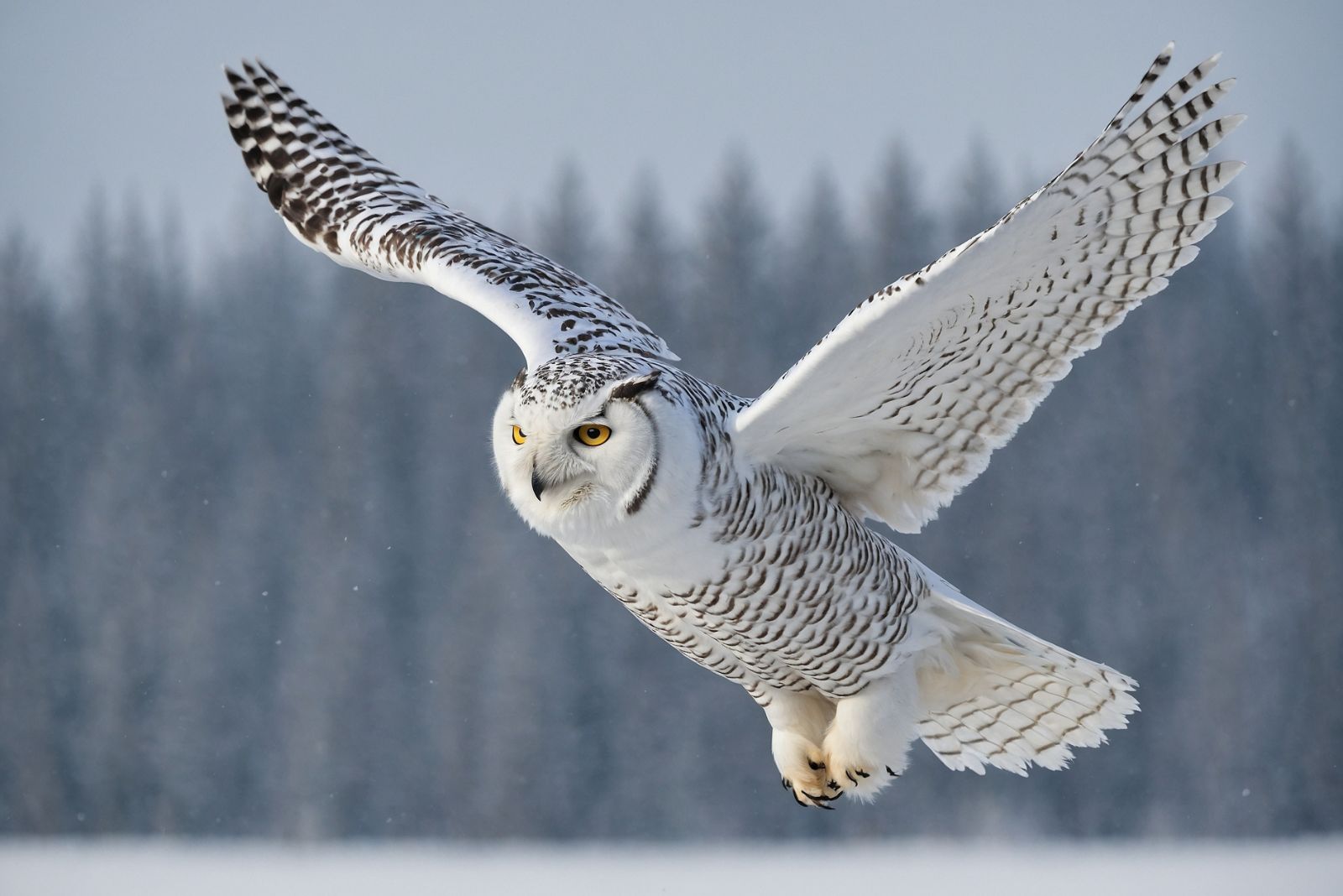
Snowy owls are independent hunters, preferring solitude over social interaction. They are territorial, especially during the breeding season, and typically hunt alone.
Known for their patience and stealth, snowy owls will remain perched silently for hours, waiting for prey to come into sight. They are truly solitary predators, relying on their own instincts to hunt.
14. Jaguarundi
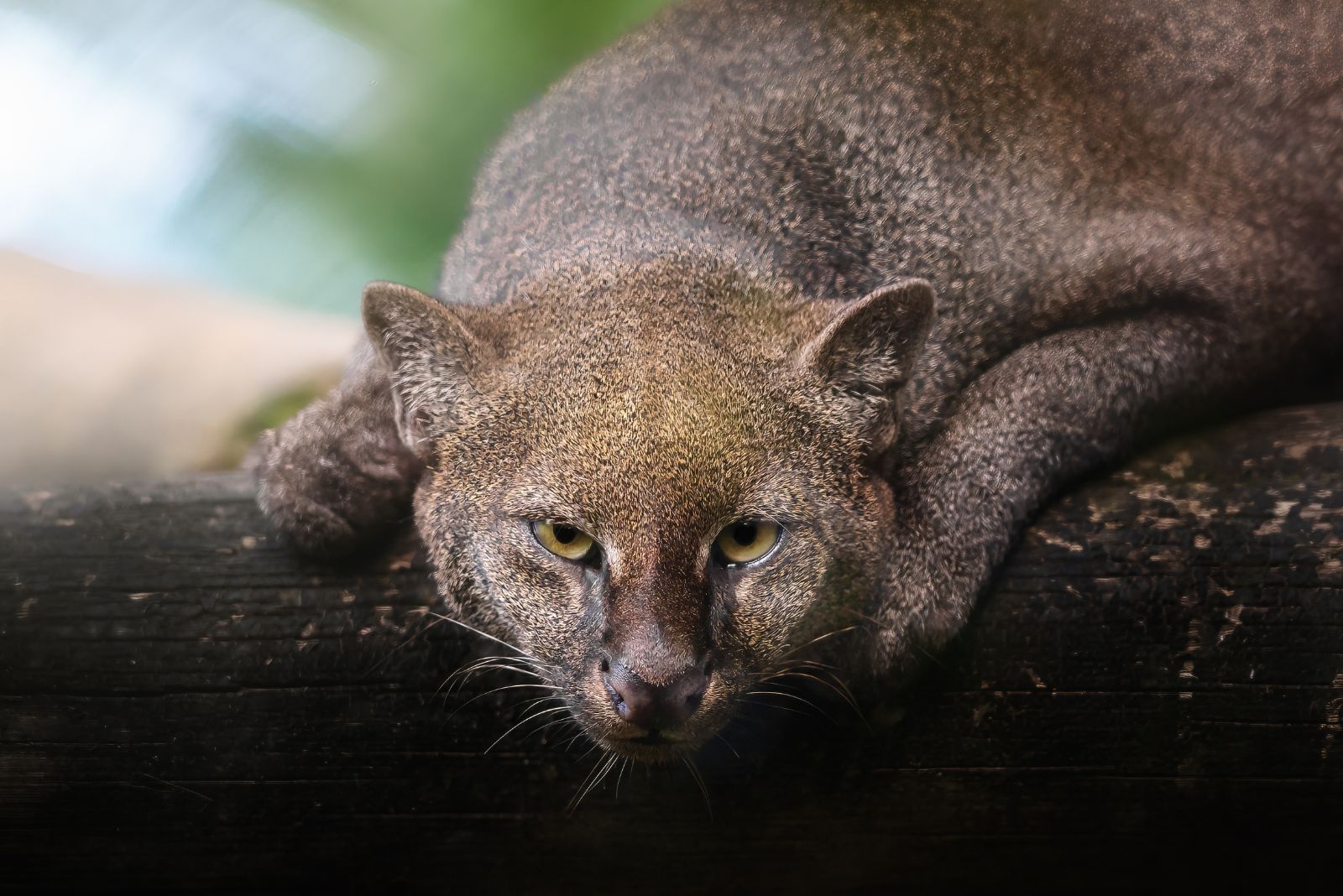
The jaguarundi, a lesser-known wild cat, is another solitary animal. Unlike other big cats, jaguarundis are not particularly territorial, but they do prefer to live alone.
They are highly elusive, and their solitary behavior is a key part of their survival strategy in the dense forests they call home.
15. Giant Anteater
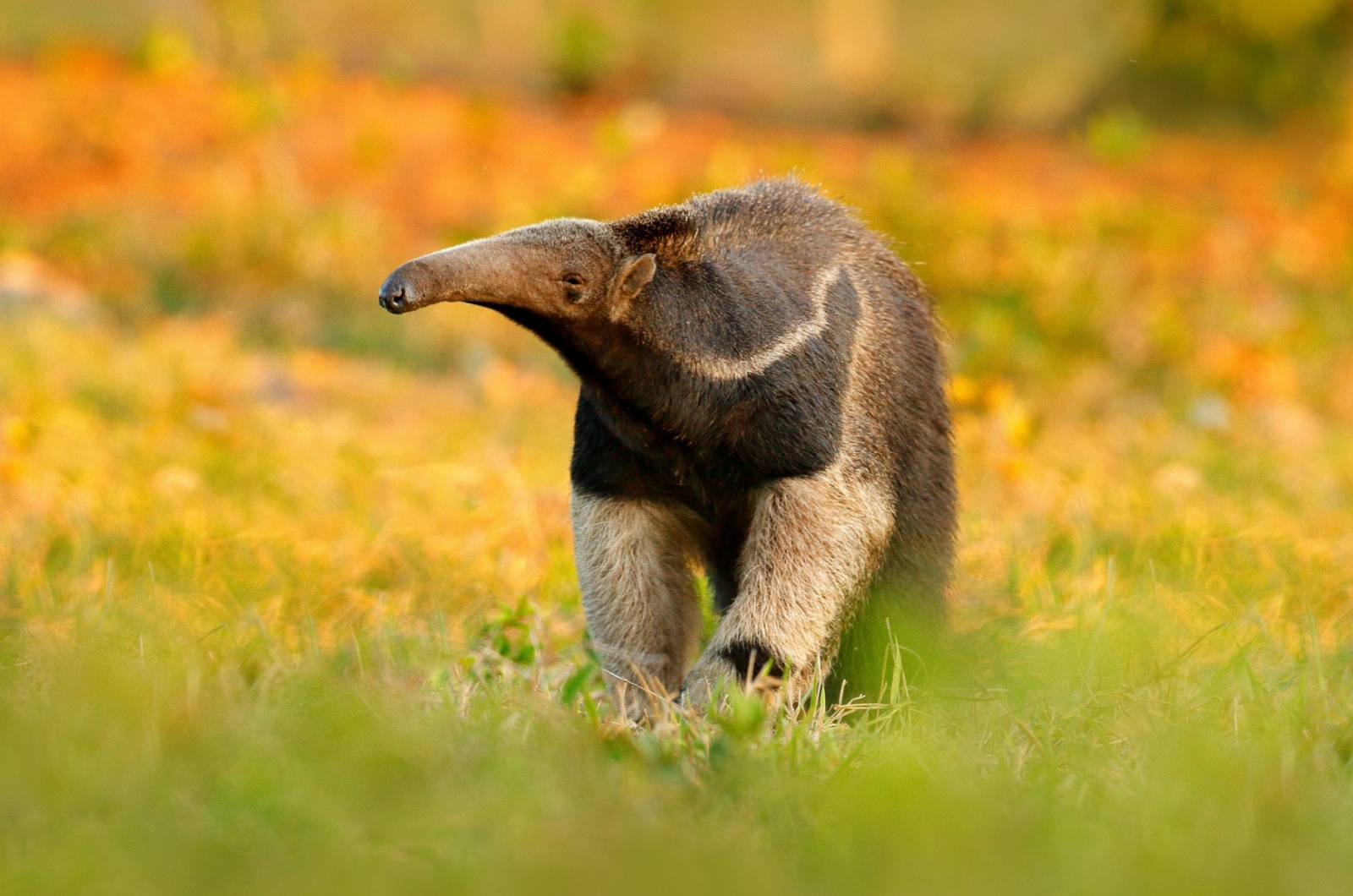
Credit: Shutterstock
The giant anteater is a fascinating and solitary creature that thrives in the quiet of its own company. Native to Central and South America, this unique animal is built for a life of independence, with its long snout, specialized tongue, and powerful claws perfectly adapted for its solitary foraging habits.
Giant anteaters spend most of their time wandering grasslands, forests, and savannas in search of ants and termites, often covering vast distances alone. They rely on their keen sense of smell to locate food, digging into anthills or termite mounds with precision.
Their solitary nature is driven by their specific dietary needs and territorial tendencies, as sharing a foraging area could lead to resource competition.
Even when raising young, female anteaters only keep their offspring close until they are capable of surviving independently, after which the young anteaters set off on their own.
Their solitary lifestyle helps them avoid predators and conserve energy, reflecting an evolutionary preference for solitude over social interaction. The giant anteater’s independent nature and unique adaptations highlight its remarkable ability to thrive alone in diverse environments.
16. Echidna
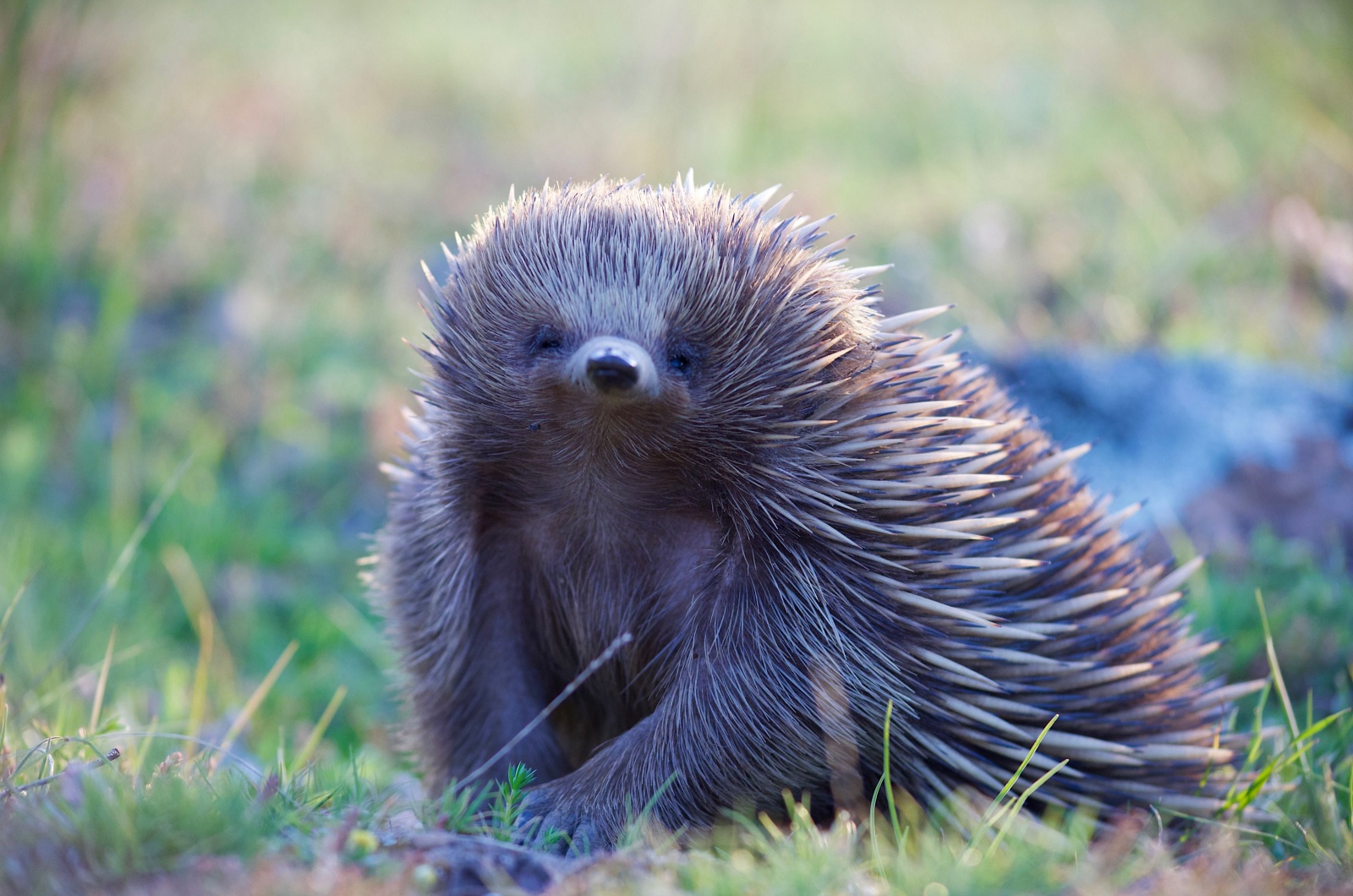
Credit: Shutterstock
The echidna, also known as the spiny anteater, is a solitary and enigmatic creature that prefers a life of quiet independence.
Found in Australia and New Guinea, this unusual monotreme spends most of its time foraging for insects, particularly ants and termites, using its elongated snout and sticky tongue. Echidnas are solitary by nature, interacting with others of their kind only during the breeding season.
They are highly territorial and roam alone in search of food, often burrowing into the ground or hiding under logs to avoid predators. Their spiny coats provide excellent protection, making them well-equipped for a solitary existence.
Even young echidnas, called puggles, are raised in burrows and left to fend for themselves shortly after weaning. This independent lifestyle is a key survival strategy, as it reduces competition for food and minimizes exposure to threats. The echidna’s preference for solitude, combined with its unique evolutionary traits, makes it one of nature’s most intriguing and self-reliant animals.


